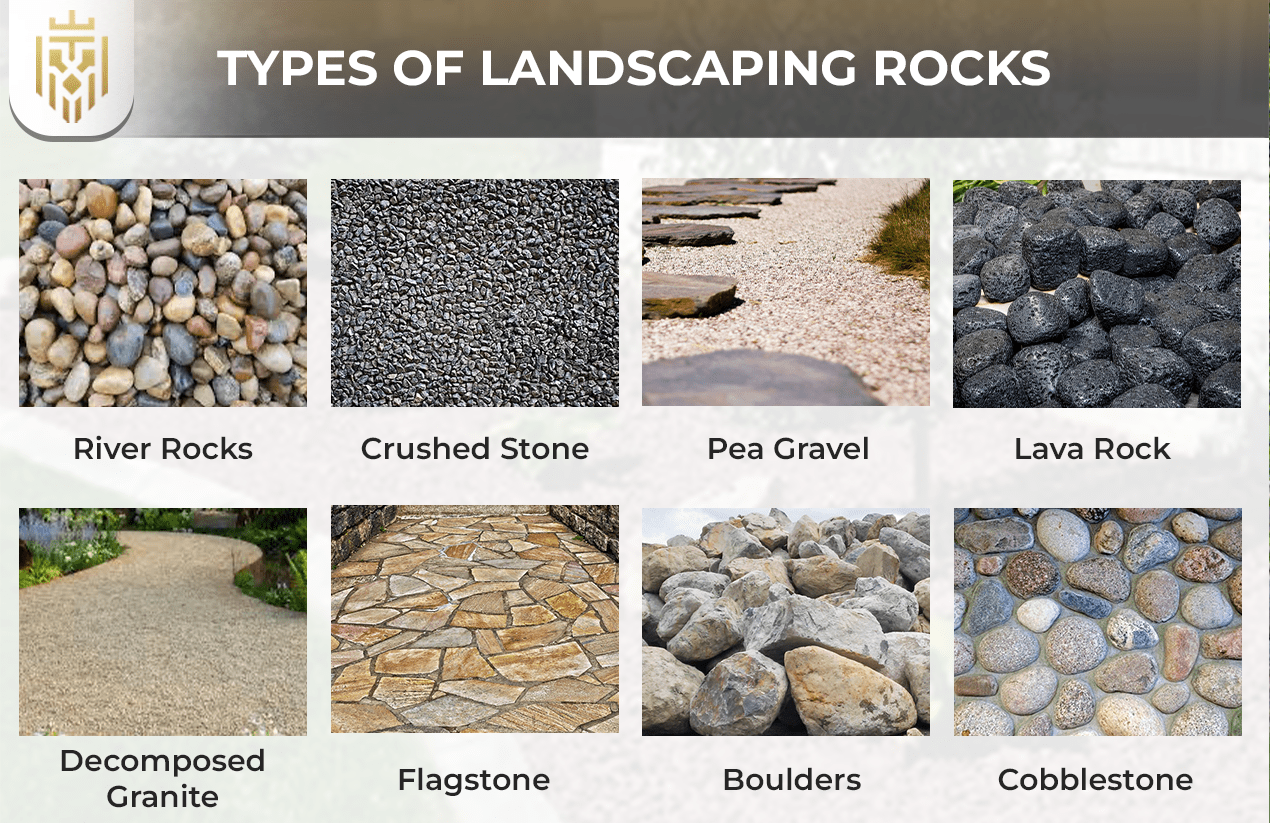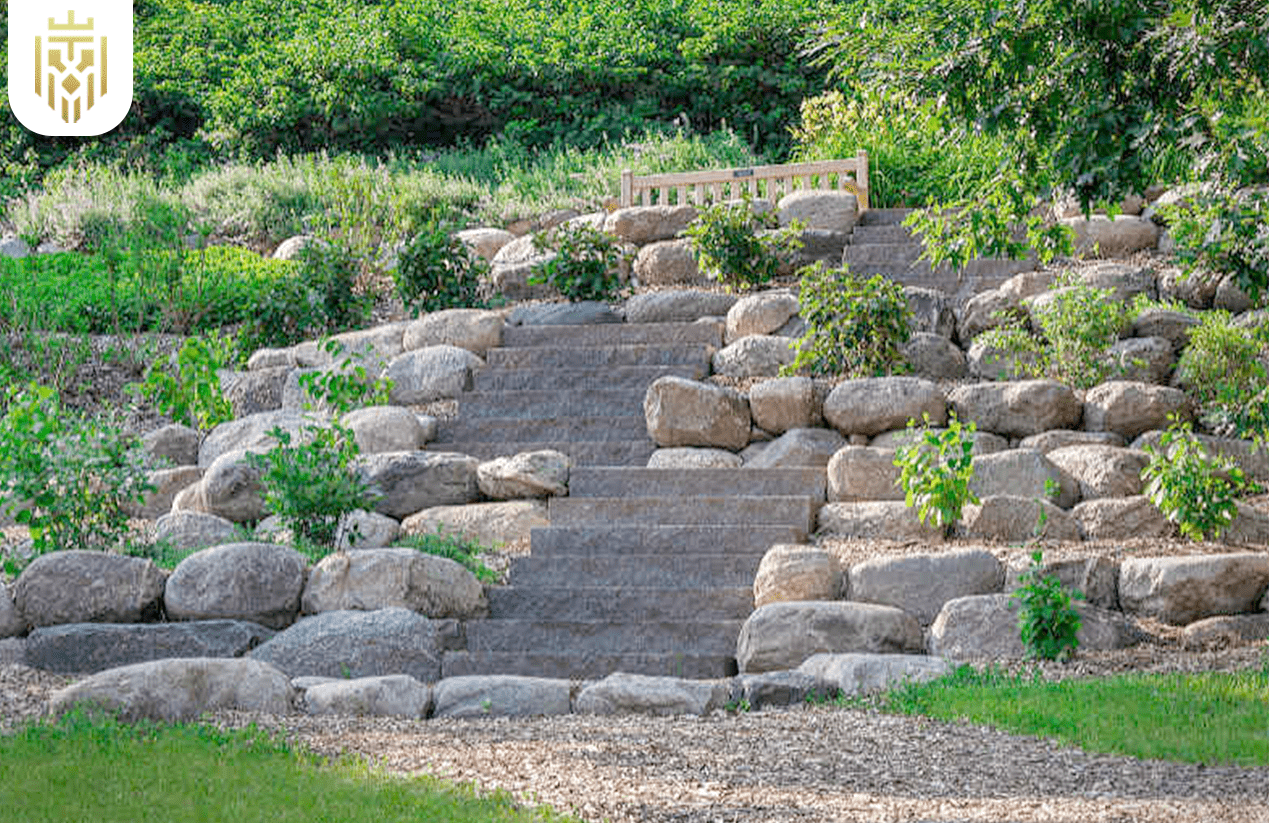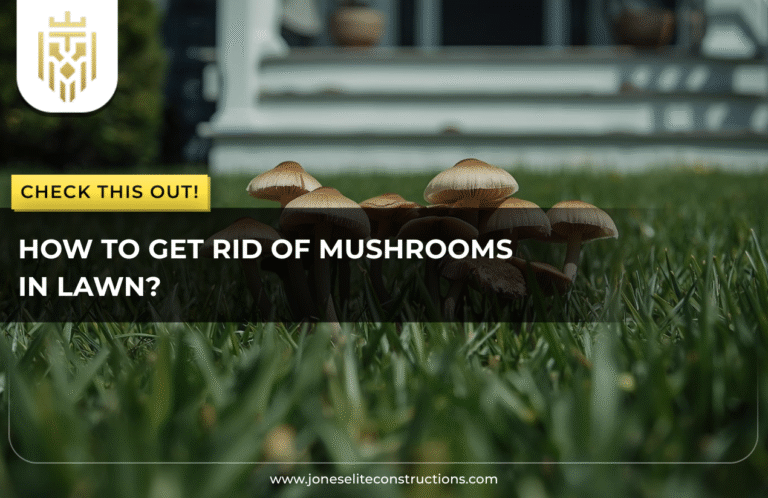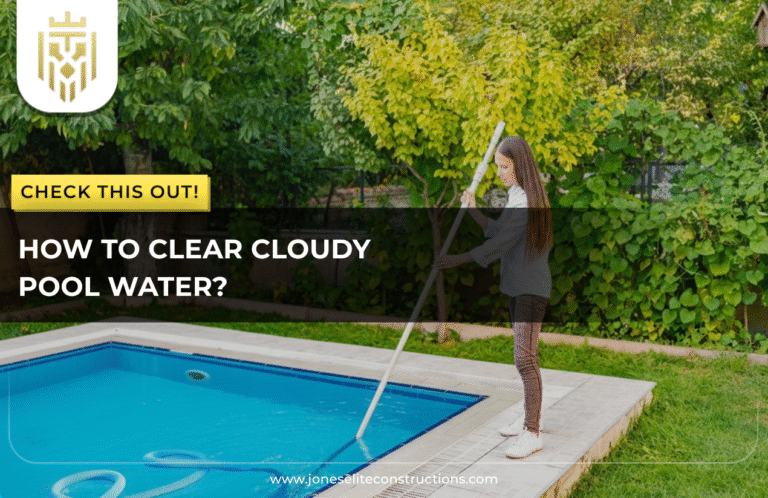What are landscaping rocks?
Landscaping rocks are decorative stones used to enhance the look and function of outdoor spaces. From garden beds and walkways to water features and retaining walls, they come in a wide variety of sizes, colors, and textures, allowing for endless creative possibilities. Beyond just adding beauty, these rocks also help with practical tasks like controlling erosion, improving drainage, and keeping weeds in check.
Types of Landscaping Rocks

Landscaping rocks come in many shapes, sizes, and colors—each with its own look and purpose. Whether you’re building a garden path or framing a flower bed, here are some of the most popular types of rocks for landscaping:
River Rocks
Soft, smooth, and polished by water over time, river rocks are another beautiful idea for water features and lineways—or, they may be sprinkled about as ground cover in bigger sizes. They are generally of neutral shades, which adds to their versatility in a natural setting.
Crushed Stone
Crushed stone is generally an artificially made product where bigger rocks are broken and shattered mechanically into smaller angular pieces. Because of its superb drainage and strong support for foundations, it is widely placed in driveway, walkway, and paver bases.
Pea Gravel
Small, rounded, and roughly the size of a pea—hence the name—it works well for patios, walkways, and even playgrounds. It is soft on the feet and comes in all sorts of natural earth tones, from warmer beige to cooler grays.
Lava Rock
Created from the eruptions of a volcano, lava rock is lightweight and porous, with an almost deep red to pronounced black color. The rock is perfect for applications such as mulching, fire pits, and drought-tolerant landscaping, being able to retain moisture and resist heat.
Decomposed Granite
Decomposed granite (DG) is a fine-grained sandy rock that gets compacted easily and is used for garden paths, patios, and dog runs. It creates a natural-looking rustic feel and comes in many warm colors.
Flagstone
Flagstone is a type of flat rock used mainly for paving sidewalks, patios, and wings; because of its earthy tones from sandstone, slate, and limestone, the irregular-shaped flagstones create a rather unique organic layout.
Boulders
Boulders are large-sized, heavy rocks used in landscaping to provide visual interest. They may be used in rock gardens, retaining walls, or even as naturalized seating. Their size and texture make for an impressive visual statement.
Cobblestone
Rounded and technically square-cut stones are often used for traditional paths and driveways by means of cobblestones. Because of their durability and charm, cobblestones are a great choice when dealing with classic landscape design.
How to Choose the Right Landscaping Rock?

Choosing the best rock depends on your landscape needs and style preferences. Here are some important considerations:
Define the Purpose
Think of what you want the rock to accomplish. Are you edging a flower bed or garden, improving drainage, working on a pathway, or just adding texture to the landscape? The use will narrow down what kind will work best—the crushed stone works well for driveways, and the river rocks are good for decorative borders and water features.
Match the Aesthetic
A rock personality that fits around the home and the garden should be chosen. River rocks and cobblestones are perfect if going for an informal, natural kind of look. Flagstone or crushed granite gives straight lines and form for a more geometric, modern layout. Let your home exterior and landscape design guide what you want to use.
Think About Size and Texture
The size and feel of rocks will hold somewhat more importance also. Large boulders tend to make a spectacular visual statement, whereas finer materials such as pea gravel and decomposed granite go well on walkways and top layers. In case the stones are going to be walked on, make sure they are quite smooth for maximum comfort and safety.
Consider Climate & Maintenance
Some rocks hold heat or moisture better than others. Lava rock, for instance, works well in dry, hot climates, while certain stones may not fare well in freezing conditions. Think about how much upkeep you’re willing to handle too; some materials need more regular cleaning or topping off than others.
How to Install Landscape Rock?
Proper installation is crucial for both function and aesthetics. Here’s how to install landscape rock the right way:
Prepare the Area
Make sure to get all the grass, weeds, or debris out of the site where you want to lay the rocks. When clean, flatten the ground as much as possible. Having a leveled surface ensures that the rocks settle properly and do not move around.
Lay Landscape Fabric
Roll out the landscape fabric across the prepared surface. This way, weeds will not grow through the rocks, and the layer will be more stable and lasting.
Set Edging
Set the edging around the borders of your rock area. The edging will set the rocks in place, will give your project a very clean finish, and will prevent any spillage into the unwanted areas such as grass and walkways.
Spread the Rocks Evenly
Pour your landscape rocks onto the fabric and use a rake or shovel to spread them evenly. Be sure to cover the area completely without leaving any bare spots or having rocks in thick patches.
Compact and Clean the Surface
After setting the rocks, use light tamping to compact them so they hold tight and shift less over time. Next, clean off the material surface of any loose dirt and dust so as to let the whole landscape present a clean and neat finish.
FAQs
1) What are landscaping rocks?
Landscaping rocks can be decorative and functional components installed to beautify outdoor spaces, to drain water, and to prevent weed growth.
2) Different Types of Landscaping Rocks?
Some common varieties of landscaping rocks are river rocks, crushed stone, pea gravel, lava rock, decomposed granite, flagstone, boulders, and cobblestones.
3) How to Choose the Right Landscaping Rock?
Depending on usage, aesthetic preference, size of rock, and climate, one selects the appropriate rock for her yard.
4) How to Install Landscape Rock?
Prepare the site, lay landscape fabric, install edging, spread rocks evenly, and compact the surface so it lasts.









